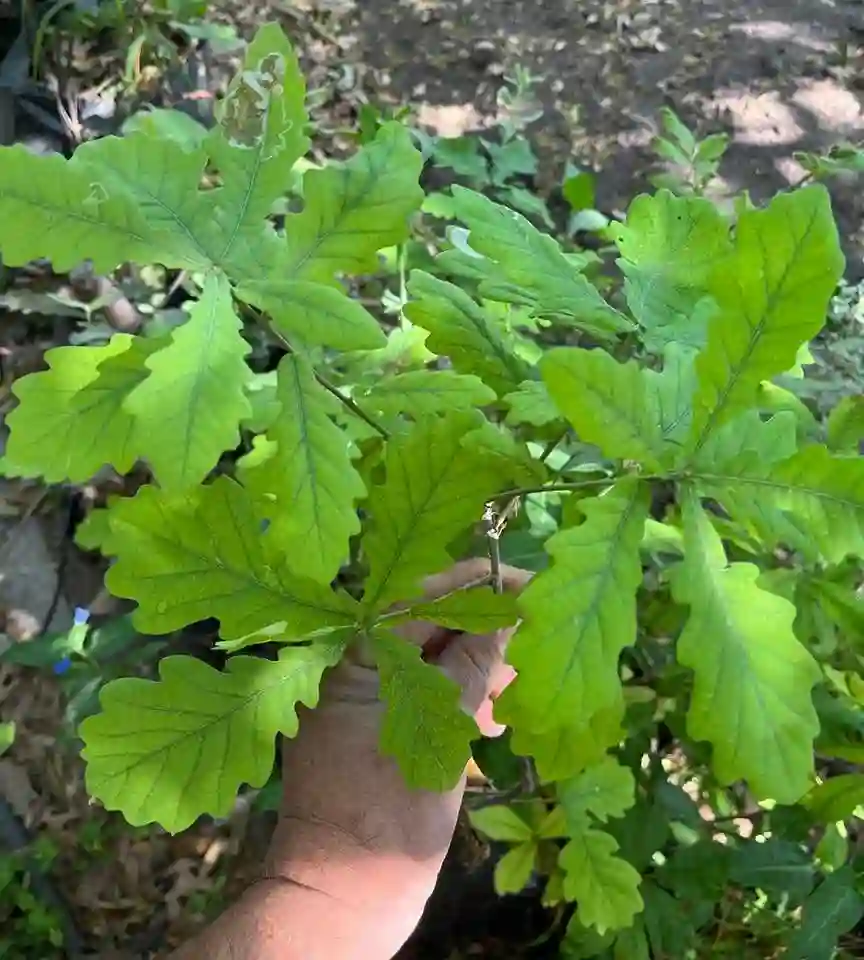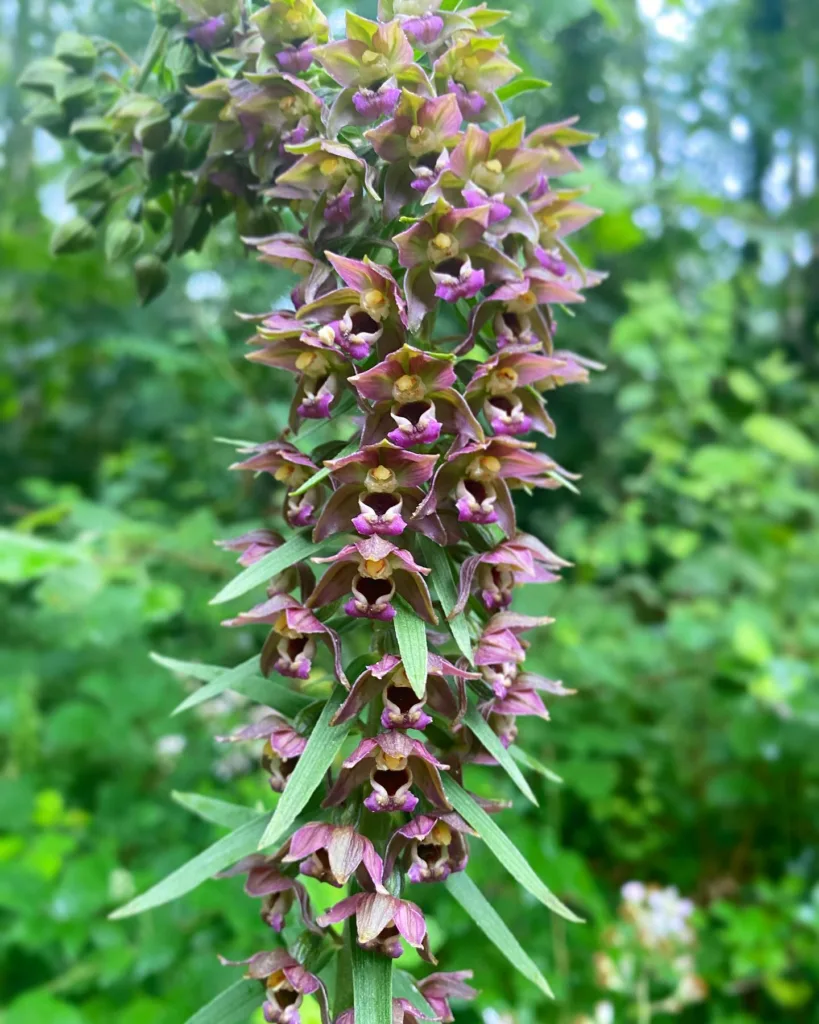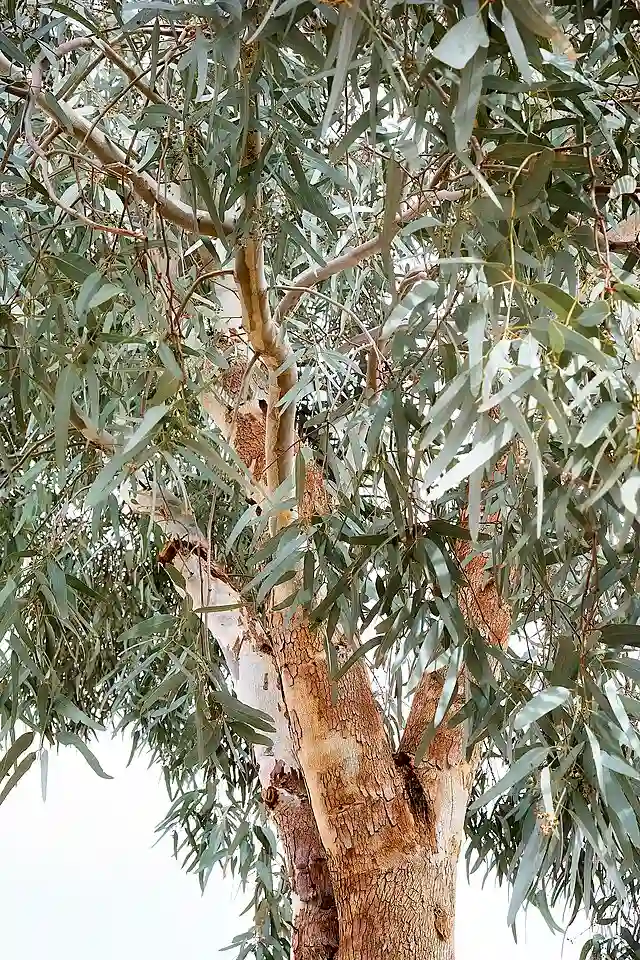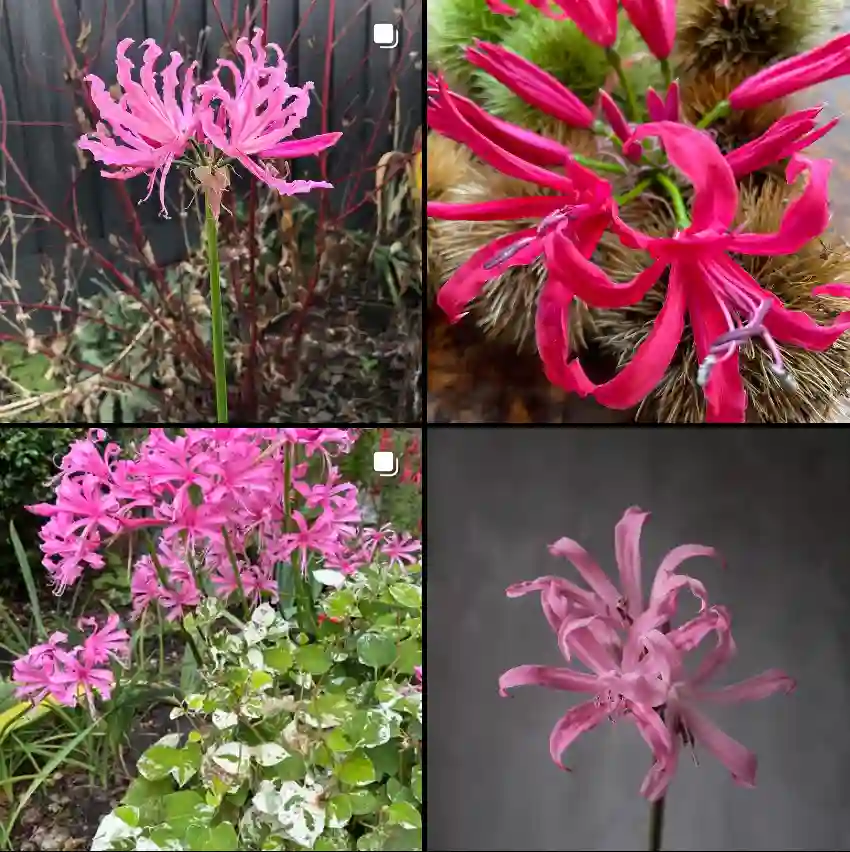The Majesty of Taxodium: A Personal Reflection
As a nature enthusiast, I’ve always been fascinated by the resilience and grandeur of trees. Among my favorites is the Taxodium genus, a group of conifers renowned for their hardiness and distinctive appearance. These trees belong to the Cupressaceae family, commonly known as cypress, have captivated me with their unique ability to thrive in challenging environments, from the swamps of Louisiana to the uplands of Mexico.
A Closer Look at Taxodium
The name Taxodium originates from the Latin word “taxus,” meaning “yew,” and the Greek word “εἶδος,” meaning “similar to.” This nomenclature reflects the resemblance of Taxodium foliage to that of the yew tree. However, unlike yews, Taxodium species are deciduous conifers, shedding their needle-like leaves in the fall. This characteristic lends them a unique beauty, transforming them into fiery displays of orange and brown before winter sets in.
One of the most remarkable features of Taxodium trees is their ability to tolerate flooding. They achieve this through specialized structures called “cypress knees.” These woody projections emerge from the roots and rise above the waterline, providing stability and facilitating gas exchange in oxygen-deprived environments.
Species within the Taxodium Genus
The classification of Taxodium species is a subject of ongoing debate among botanists. While some recognize only one species, others argue for the existence of two or three distinct species. Here’s a breakdown of the commonly accepted classifications:
- Taxodium distichum: This species, known as the bald cypress, is native to the southeastern United States. It’s characterized by its tall, straight trunk, feathery foliage, and distinctive cypress knees. Bald cypresses are often found in swamps and along riverbanks, creating iconic landscapes that embody the spirit of the American South. – Plant FAQs: Bald Cypress – Taxodium Distichum
- Taxodium ascendens: Also known as pond cypress, this species is often considered a variety of Taxodium distichum (T. distichum var. imbricarium). It’s distinguished by its upward-pointing leaves and its preference for still, blackwater ponds and swamps. – Plant FAQs: Taxodium Ascendens – Pond Cypress
- Taxodium mucronatum: This species, known as Montezuma cypress or ahuehuete, is native to Mexico and Guatemala. Unlike its deciduous relatives, Montezuma cypress is largely evergreen, retaining its foliage throughout the year. It’s also notable for its massive trunk, which can reach extraordinary diameters. The most famous example is the “Árbol del Tule” in Oaxaca, Mexico, boasting the stoutest tree trunk in the world. – Plant FAQs: Taxodium Mucronatum – Montezuma Bald Cypress
The Significance of Taxodium
Beyond their aesthetic appeal, Taxodium trees play a vital role in their ecosystems. They provide habitat for a wide range of wildlife, including birds, reptiles, and amphibians. Their roots help stabilize soil and prevent erosion, while their fallen leaves contribute to the nutrient cycle of aquatic environments.
Taxodium wood is also valued for its durability and resistance to decay. It’s been used for centuries in construction, shipbuilding, and the production of various wood products. However, due to habitat loss and over-harvesting, some Taxodium species are facing conservation concerns.
Personal Reflections
My fascination with Taxodium stems from their ability to endure and thrive in the face of adversity. They stand as symbols of strength and resilience, reminding me of the power of nature to overcome challenges. Whether I’m gazing at the majestic bald cypresses of Louisiana or marveling at the ancient ahuehuetes of Mexico, I’m always filled with a sense of awe and wonder.
These trees have taught me valuable lessons about adaptation, perseverance, and the interconnectedness of life. They serve as a constant source of inspiration, encouraging me to embrace challenges and appreciate the beauty that surrounds us.
In a world that often feels chaotic and unpredictable, the steadfast presence of Taxodium trees offers a sense of solace and stability. They are living monuments to the enduring power of nature, reminding us of the importance of conservation and our responsibility to protect these invaluable resources for generations to come.
If i die, water my plants!



